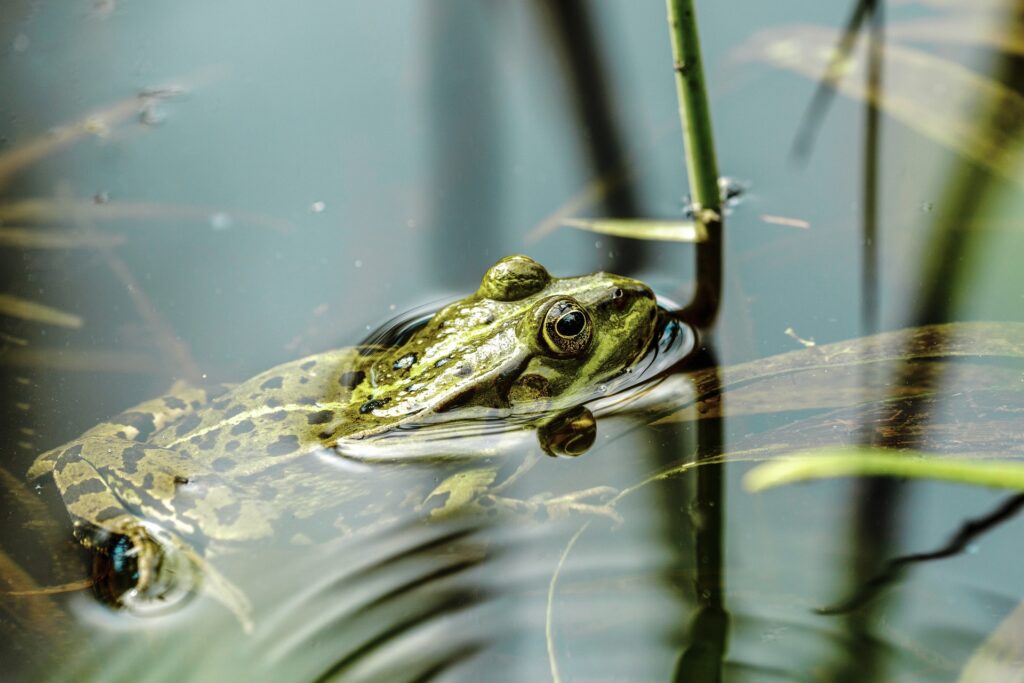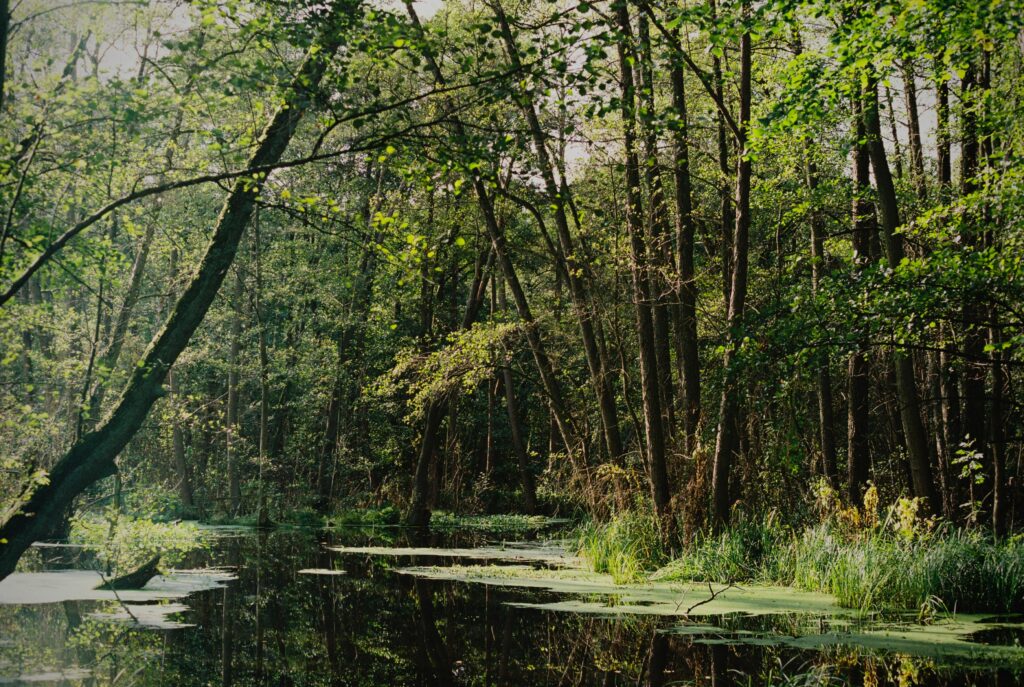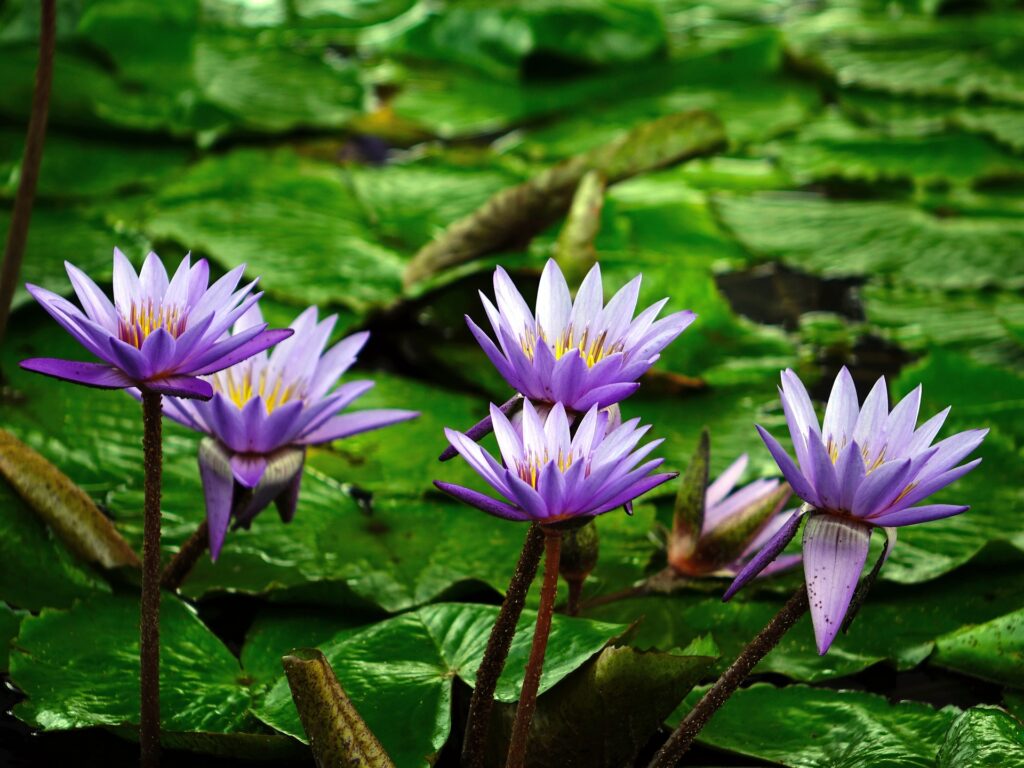Imagine having a picturesque small pond in your backyard, filled with vibrant aquatic life and surrounded by lush greenery. The only problem? Your pond refuses to hold water, and you don’t want to resort to using a liner. So, we need to know how to get a small pond to hold water without a liner – Don’t worry, we have the solution for you.
In this article, we will guide you through the steps to ensure that your small pond can hold water without the need for a liner, allowing you to enjoy the beauty and tranquility of your own personalized oasis.

Choose a suitable location
When selecting a location for your pond, there are a few key factors to consider. First, evaluate the land contours and soil type. Look for an area with gentle slopes and soil that is suitable for holding water. This will help ensure that your pond retains its water without any leakage.
Additionally, consider the availability of sunlight in the chosen location. Most aquatic plants require a good amount of sunlight to thrive, so it’s important to choose a spot that receives adequate sunlight throughout the day. Lastly, ensure proper drainage by selecting a location that allows excess water to flow out easily, preventing any potential waterlogging issues.
Prepare the pond area
Before you start building your pond, it’s important to prepare the area properly. Begin by clearing the chosen location of any debris or vegetation. This will help create a clean and clear foundation for your pond. Next, level the ground and remove any rocks or roots that may interfere with the pond’s structure. It’s also a good idea to create a slight slope towards one end of the pond. This will facilitate water flow and prevent any stagnant areas.
Use natural clay soil
Using natural clay soil is an effective way to seal your pond and prevent water from seeping out. However, it’s crucial to test the soil to ensure its suitability for pond construction. Conduct a percolation test to determine if the soil can hold water without excessive seepage. If the test results are positive, add a layer of clay soil to the pond area. Compact the layers of clay soil properly to ensure a solid and watertight foundation.
Build berms and channels
To further enhance the stability of your pond and prevent water runoff, construct berms around the pond perimeter. These raised banks will help contain the water within the pond, minimizing the risk of erosion caused by excess runoff. Additionally, create channels or trenches to direct water flow within the pond. This will ensure a proper circulation and prevent any stagnant areas from forming.
Add organic matter
Introducing organic matter into your pond can greatly improve its overall health and functionality. Apply a layer of organic matter such as compost or rotten leaves to the pond area. This will provide essential nutrients to support the growth of aquatic plants and beneficial organisms.
Mix the organic matter into the clay soil to enhance its fertility. It’s also important to water the area thoroughly after adding the organic matter. This will promote decomposition and integrate the organic matter into the soil.

Plant water-loving vegetation
Choosing the right plants for your pond is crucial for its overall aesthetics and ecological balance. Select water-loving vegetation that thrives in wet environments such as water lilies, cattails, or water hyacinths. These plants not only add beauty to your pond but also play a vital role in maintaining water quality and preventing erosion.
Place the plants strategically around the pond, ensuring they provide adequate shade and cover to prevent excessive sunlight from promoting algae growth. Regularly monitor and maintain the vegetation to ensure its health and growth.

Use geotextile fabric
Laying geotextile fabric over the compacted clay soil is an effective method to further prevent any water leakage from your pond. The geotextile fabric acts as a barrier, providing an additional layer of protection. Make sure to secure the fabric in place with stakes or rocks to prevent it from shifting or sagging. Ensure that the fabric covers the entire pond area to ensure maximum effectiveness.
Add a layer of natural sealant
To seal your pond and prevent any water leakage, add a layer of natural sealant over the geotextile fabric. Bentonite clay or sodium bentonite is commonly used as a natural sealant for ponds. Spread a layer of the sealant evenly over the fabric, making sure to distribute it thoroughly.
Compact the sealant to create a solid and uniform layer. Then, water the sealant to activate its swelling properties. The sealant will expand upon contact with water, creating a tight waterproof seal for your pond.
Monitor water levels and address leaks
It is essential to regularly monitor the water levels in your pond to ensure it is adequately filled. Check for any signs of leaks by inspecting the pond’s perimeter and the sealant layer. If you notice any leaks or areas where water is seeping out, promptly address it by adding more sealant. This will help maintain the water level and prevent any further leakage issues.

Maintain the pond ecosystem
To keep your pond healthy and thriving, it’s important to maintain its ecosystem. Control excess algae and weed growth by regularly removing any unwanted vegetation. This will prevent overgrowth and maintain water clarity. Additionally, consider implementing filtration or aeration methods to keep the water clean and oxygenated.
This will support the growth of aquatic organisms and ensure a balanced ecosystem. Introduce beneficial aquatic organisms, such as snails or certain species of fish, to help control pests and maintain a harmonious balance within the pond.
How To Get A Small Pond To Hold Water Without A Liner
By following these steps, you can create a small pond that can hold water without the need for a liner. Remember to choose a suitable location, prepare the area properly, use natural clay soil, build berms and channels, add organic matter, plant water-loving vegetation, use geotextile fabric, add a layer of natural sealant, monitor water levels and address leaks, and maintain the pond ecosystem.
With proper care and attention, your pond will provide a beautiful and tranquil oasis for years to come. Enjoy the process of creating and maintaining your own naturally sealed pond!
Some great information in our article, which will set you on the road to your own small pond without a liner. Also, check out ‘How Do You Build A Fish Pond Step By Step‘, which will give you some great ideas on your build.
